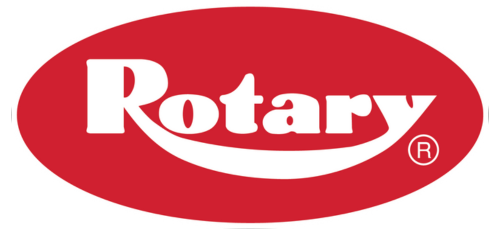Auto repair equipment has come a long way in recent years with features like laser assisted scanning, app-based monitoring, enhanced diagnostics and more. These features are all designed to eliminate some common sources of customer frustration: accuracy and speed of vehicle maintenance.
If you haven’t updated your equipment in a while, you may be losing customers due to equipment limitations. But how would you know if the shop equipment is really contributing to unhappy customers?
Here are five signs that may be negatively impacting your customers’ experience and your bottom line in the process:
- Increase in unnecessary or misdiagnosed repairs
Older shop equipment may lack the precision and diagnostic capabilities of newer equipment. Lacking this technology and depending on repetitive or manual tasks can lead to longer service times than your competitors. Even worse, it might prompt unnecessary repairs that could have been avoided.
- Repair work takes too long or is causing delays
Increased repair time not only costs you money, but it can also cost you customers. Delays can frustrate customers and cause them to look for other service options (a.k.a. the competition) the next time they need work done.
According to a recent Cox Automotive study, 48% of vehicle owners were frustrated with at least one aspect of their dealership service experience. The top frustration? Service takes longer than expected.
- Equipment needs frequent maintenance or repairs
Another sign your shop equipment could be affecting your customer service record is how frequently it needs to be repaired or maintained. The older your equipment, the more difficult it may be to find the right replacement parts (or service technician) to get it back up and running.
Downtime translates to lost billable hours and decreased revenue. Additionally, with less working equipment in your shop, wait times will likely increase. This inconvenience may motivate your customers to share negative reviews, further impacting your business.
- Errors become more common
Older shop equipment may be less accurate than those designed with more recent technological advances. Features like laser scanning, vision technology and self-calibration systems help reduce human mistakes that can lead to costly rework and require vehicles to stay in the shop longer.
- Equipment is not compatible with newer vehicles
If your equipment was manufactured more than five years ago, it may not be able to accommodate newer vehicles like EVs and hybrids. Having to turn a customer away because you can’t repair their vehicle is the last thing you want, especially with continued and significant sales growth for these vehicles on the horizon.
Not keeping up with evolving industry trends can also convey a lack of professionalism that your customers may pick up on and cause them to look elsewhere for service.
It is important to remember that what might start as a mere inconvenience could eventually turn into a bigger problem for your customers and erode your shop’s hard-earned reputation. If you have identified one or more of these signs occurring in your shop, it may be time to seriously consider upgrading your equipment.
Rotary can help you stay ahead of the curve and provide a world-class customer experience with our next generation of shop equipment. Our vehicle lifts, , tire changers, alignment systems and wheel balancers are designed to minimize the technician learning curve and easily fit into your bay so you can do more of what you do best.
Visit RotarySolutions.com to view our lineup of reliable and innovative service and repair equipment and learn how Rotary is “serving the shop” to improve your shop’s efficiency for improved customer service and retention today.

